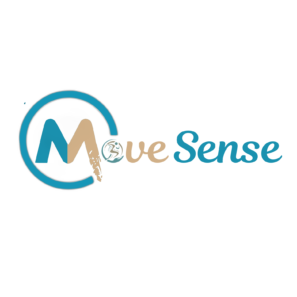Cluster Headache
Cluster Headache
Cluster headaches are a type of primary headache disorder characterized by severe, recurrent pain on one side of the head, usually around the eye. They are known for their distinctive pattern and intense pain, often described as one of the most painful types of headaches. Here are the key features of cluster headaches:
Characteristics
- Pain Intensity: Extremely severe, often described as burning, piercing, or throbbing.
- Pain Location: Typically affects one side of the head, often centered around or behind one eye.
- Duration: Each headache attack usually lasts between 15 minutes and 3 hours.
- Frequency: Attacks occur in clusters, happening several times a day (often at the same time each day) for weeks or months (the cluster period), followed by remission periods with no headaches for months or even years.
Triggers
- Seasonal Variation: Attacks may be more common during specific seasons (spring or fall).
- Alcohol: Can trigger an attack during a cluster period.
- Strong Odors: Such as perfumes or solvents.
- Stress: Emotional stress or sudden relaxation after stress.
Causes
The exact cause of cluster headaches is not well understood, but they are believed to involve abnormalities in the hypothalamus (the part of the brain that regulates biological rhythms) and the trigeminal nerve pathway (responsible for sensation in the face).
Diagnoses
Cluster headaches are primarily diagnosed through a detailed assessment of headache patterns and symptoms, along with ruling out other possible causes. Accurate diagnosis is essential, as cluster headaches are extremely severe and differ from migraines or tension headaches.
During a consultation, we gather comprehensive information about the headache episodes, including their timing, location, frequency, and pain characteristics. To support the diagnosis, patients may also undergo a physical and neurological examination, as well as diagnostic tests such as MRI or CT scans, to rule out other conditions. The distinctive nature of cluster headache pain and the absence of underlying causes often result in a definitive diagnosis.
What are the signs and symptoms of Cluster Headache?
Cluster headache pain is extremely intense, with some female sufferers describing it as more severe than childbirth. These headaches occur in cyclical patterns, or “cluster periods,” and often wake individuals in the middle of the night or at specific times during the day.
Attacks last between 15 minutes and 3 hours, happening up to 8 times a day or as infrequently as every other day. Cluster periods can span weeks to several months, followed by remission periods lasting weeks, months, or even years. If a cluster period continues for a year or more without interruption, it is termed chronic cluster headache.
During an attack, those with cluster headaches typically cannot stay still. They may pace, walk back and forth, sit in a hot shower while rocking, or even hit their head against a wall to alleviate the pain.
Associated Symptoms
- Severe pain behind or around one eye, radiating to the face, head, and neck
- Unilateral pain (on one side only)
- Restlessness
- Difficulty breathing
- Redness in the eye
- Watery and teary eye
- Runny or congested nose
- Swelling around the eye and eyelid
- Drooping of the eyelid
- Sweating of the forehead and face
- Pale skin or flushing of the face
- Need Assistance?
(07) 5619-5588
Additional information about Cervicogenic Headache:
Episodic Cluster Headache
Episodic cluster headaches account for around 80% of all cluster headache cases. Sufferers experience attacks in cluster periods that last for weeks or months, followed by remission periods that can extend from months to years. These headaches often recur seasonally at specific times of the year.
Chronic Cluster Headache
Chronic cluster headaches make up approximately 20% of all cluster headache cases. Individuals experience attacks that continue for a year or more without remission. Although some may have sporadic headache-free days, any remission periods usually last less than a month.
How MoveSense will help you treat the Cluster Headache?
Despite their rarity, cluster headaches still impact individuals in Brisbane. Sufferers have tried various treatments, including medication, injection therapy, neuropathy, and oxygen therapy tanks, with mixed results.
Identifying the cause of the symptoms is a crucial step for those with cluster headaches. We start with a thorough examination of the upper cervical spine to evaluate the severity of the sensitized brainstem. If it is found to be the cause of your cluster headaches, we can proceed with treatment.
We expect significant improvement in 90% of our patients with cluster headaches within the first five treatment sessions.
Our cluster headache treatment is non-invasive, medication-free, and does not require surgery, making it completely safe.
At MoveSense, we have extensive experience treating cluster headaches. We pride ourselves on staying current with the latest research and applying the most effective treatments for cluster headaches and cluster migraines.

Varun Gautam
Headache and migraine specialist Physiotherapist
